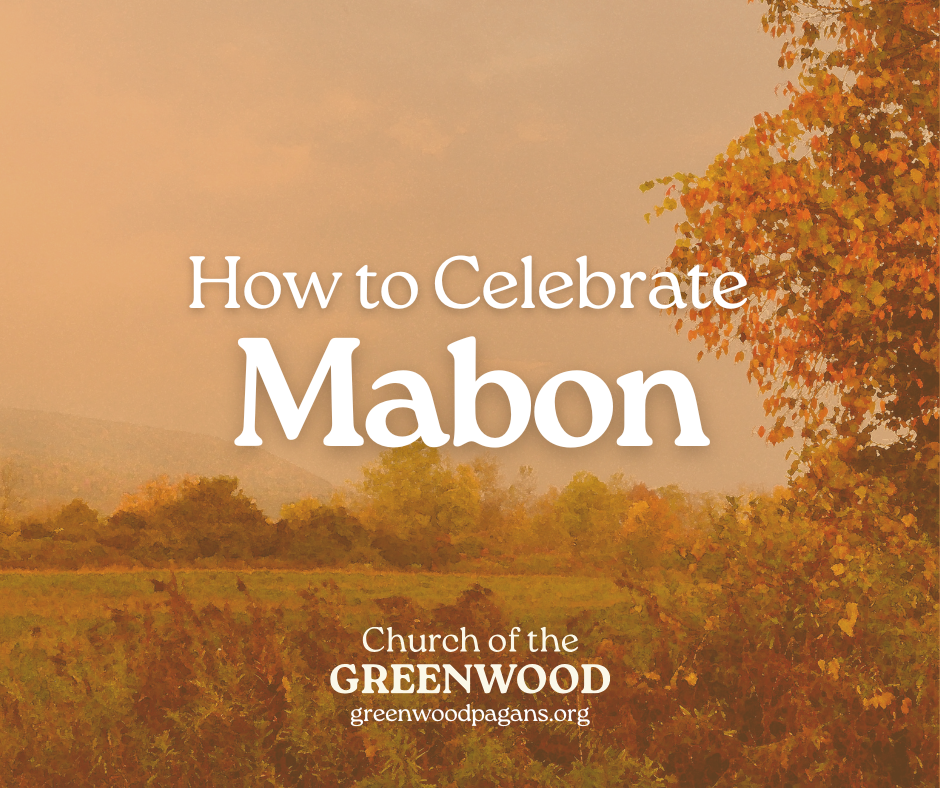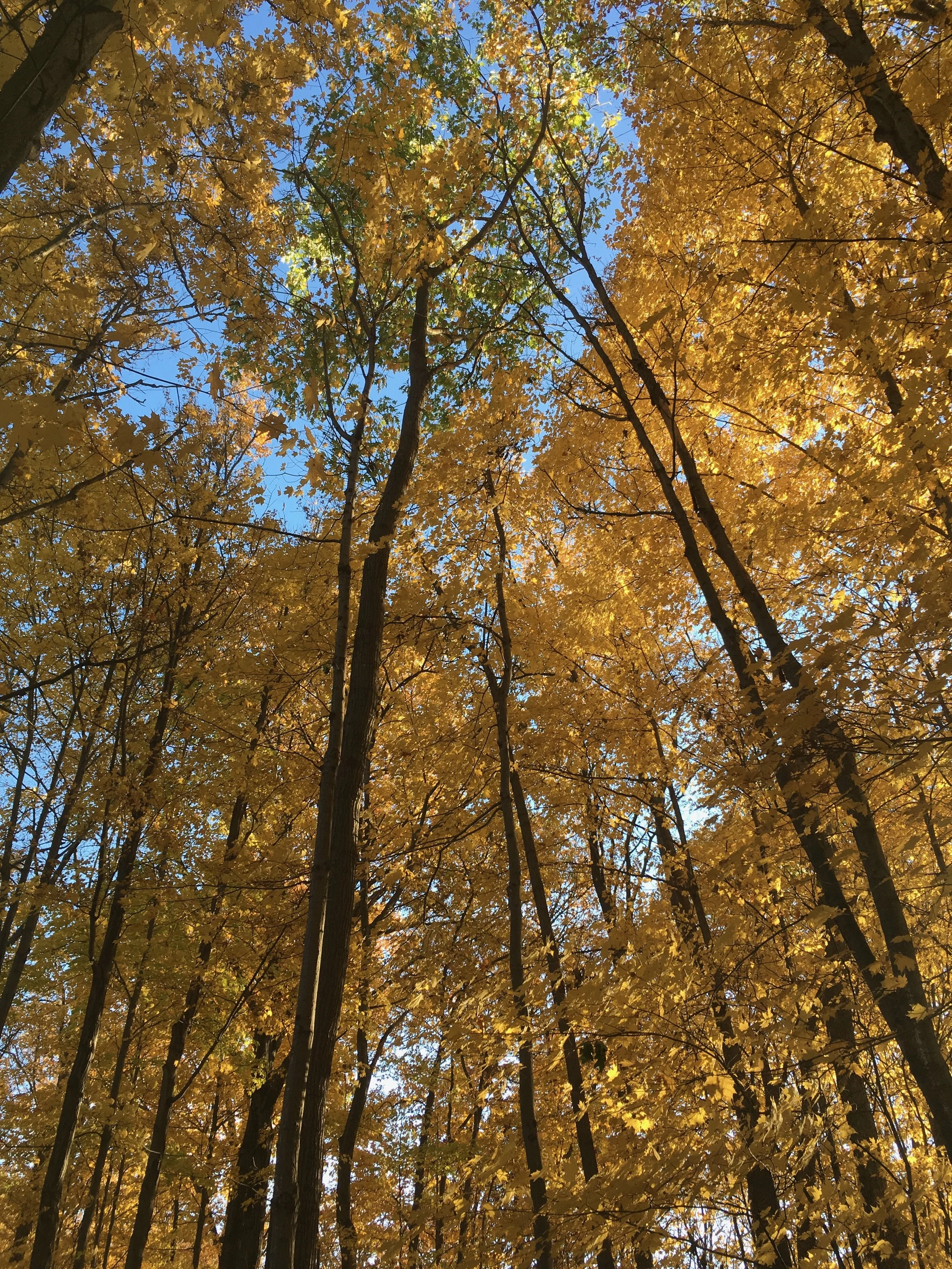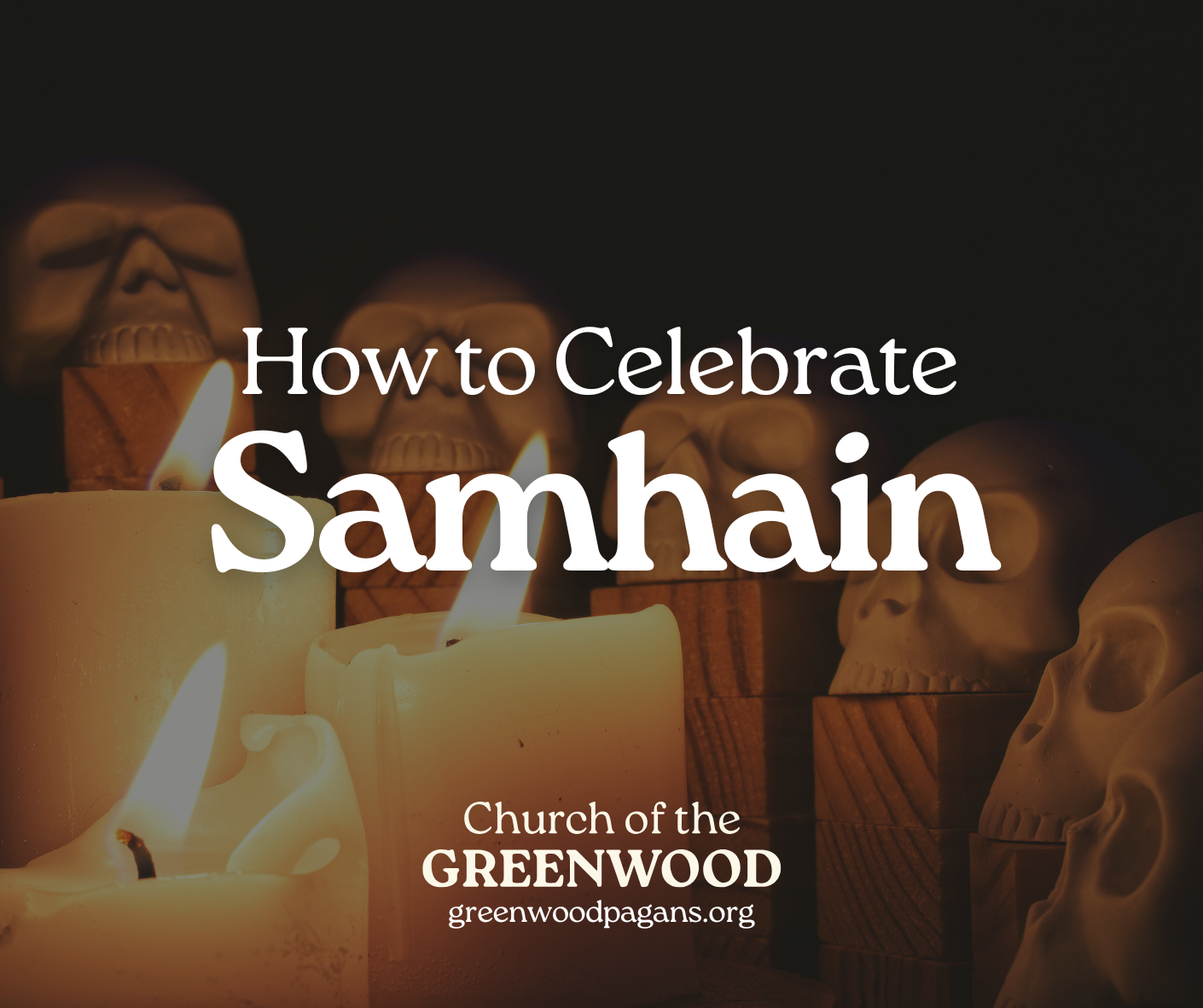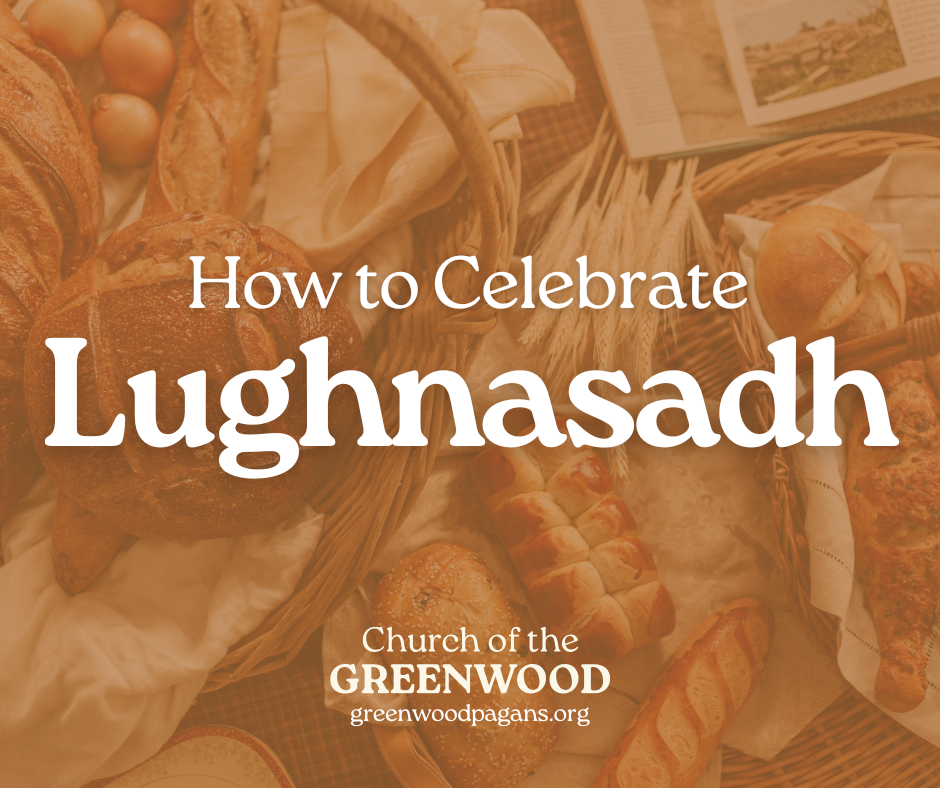Mabon | How to Celebrate
The second of three harvest festivals, Mabon is a celebration of the autumn equinox. Autumn is here bringing themes of abundance, gratitude, descent to the underworld and mindful preparation into the forefront. Beginning between Sept. 21 to 24 in the Northern Hemisphere or March 19 to 21 in the Southern Hemisphere, the energy of Mabon lasts until Oct. 31, when we turn to Samhain.
Below is a breakdown of the origins of Mabon, common Pagan practices and beliefs, and a look at how Central New York embodies this time of year.
Mabon- Balance as a Practice
Regarding the Wheel of the Year, Mabon initiates us into the dark-half of the Wheel, sitting directly across from Ostara, the spring equinox. For just a moment night, and day are balanced before the scale tips towards darkness. Thus, balance itself becomes a popular point of reflection with Mabon.
However, like the wisdom found in the Two of Pentacles tarot card, maintaining consistent balance is not the goal of this sabbat, or really any of the Pagan cycles. After all, nature is only able to achieve this feat twice a year with the equinoxes.
Instead visualize your life sorted on a balance scale – extra fitting considering that both Mabon and Libra season align with the autumn equinox. Imagining your scale, which arm is being weighed down and by what? Does your attention or time need to shift? Have you been shutting down differing perspectives or sitting in echo chambers? Are you spending too much time out of the house and not enough in your own energy?
Additionally, the change of the seasons also marks a period of transition. This is reflected strongly in the weather. As Old Man Winter starts to creep in, the pendulum swings from one extreme to another as Mother Earth attempts recalibration. It’s common to experience second summers followed closely by days of freezing rain. Hurricanes and wildfires also reach a peak this time of year as differing air temperatures and dry foliage become prevalent. If your scales also feel like they are tilting between extremes, rest assured that just like Mother Nature, equilibrium will soon find you.
The Second Harvest Festival
Following Lughnasadh, the first harvest of grain, Mabon is the peak harvest festival. Most crops are ripe for picking and need to be yielded before the frost sets in. In doing so we are confronted with the fruits of our labor – did our efforts in spring and summer bless us with abundant crops or should we instead prepare for a difficult winter? Regardless of the outcome, this is a time to give thanks to the earth for what’s been provided. Fresh produce wanes in the following weeks, and by Samhain only the hardiest crops, like brussel sprouts and squash, remain for the final harvest festival.
Harvest festivals have been observed worldwide throughout many different cultures, but they weren’t always held on the exact day of the autumn equinox. In the Middle Ages, Michaelmas, held on Sept. 29, was a long standing Holy Day of Obligation where Christians were expected to halt work, engage in rest and relaxation, and participate in worship services. Additionally, it marked a time for landowners to settle accounts and contracts to close out the year and prepare for a new one. Due to this association, in many English-speaking countries Michaelmas is a secular word referring to the first term within an academic year.
In American folklore and history, our most well-known harvest tradition is that of the Pilgrim’s First Thanksgiving in 1691. While the exact date of this event is unknown, some historians speculate that the feast was held at the end of September, correlating with Michaelmas – about two months prior to the current celebration of American Thanksgiving at the end of November. Today, due to the colonization and genocide of Native American peoples by the United States, many who wish to hold feasts for thanksgiving without participating in the American holiday do so on dates like the autumn equinox or Indigenous People’s Day instead.
Though both examples are not Pagan in origin or practice, they both express core themes of Mabon: preparation, abundance and gratitude.
Mabon Name Origin
Mabon is borrowed from the Welsh God, Mabon ap Modron, meaning “Son of the Mother.” Mabon is featured in the tale “Culhwch ac Olwen”, where he was held prisoner after being stolen from his mother, Modron, at three nights old.
Early iterations of the modern Wheel of the Year, taking shape in the mid-20th century, did not feature unique names for the equinoxes or summer solstice. Instead, Mabon was coined in 1974 by Aidan Kelly, a Wiccan author, as he compiled a Pagan calendar.
Kelly felt that these solar sabbats, Saxon-Pagan in tradition, deserved their own unique names like the Celtic cross quarters Samhain, Imbolc, Beltane and Lughnasadh. During research, Litha and Ostara were names easily pulled from Saxon-Pagan tradition, but nailing down a proper name for the autumn equinox proved difficult.
Expanding scope and looking at antiquity as a whole, Kelly searched for examples of autumn equinox mythology. In his research he noticed a wider theme surface from these stories – the liberation of a young person from capture. Seeking a Northern European equivalent, he landed on Mabon ap Modron.
Mythology and Mabon
In traditions where the Wheel of the Year honors the journey of the God and Goddess, Mabon serves as an important transition point. The God, having sacrificed himself at Lughnasadh, now begins his descent to the underworld, taking with him the power and warmth of the sun. The Goddess begins to transition from Mother to Crone, the final stage of the Triple Goddess, leaving plants wilted and barren as she matures.
Retreating to the underworld is a popular theme in autumn equinox myths, the most famous of which is the Greek story of Persephone. Serving as an embodiment of spring and daughter of Demeter, goddess of agriculture, the autumn equinox marks Persephone’s return to Hades in the underworld, leaving behind her somber mother until she emerges again in spring. Demeter and Persephone also serve as central figures in the ancient Greek Eleusinian Mysteries, a cult initiation rite, which some modern followers of the Greek pantheon celebrate around the autumn equinox.
Persephone further serves as a personification of the crop cycle – plants sprout from soil in the spring and mature until late summer/early autumn, where they are harvested and left to decay back to the earth. Along with grain and other autumn crops, pomegranates are also often associated with the three harvest festivals due to their role in Persephone’s story.
The myth has sparked many retellings, interpretations and reflections. Most of which center on Persephone and her relationships with Demeter and Hades. A favorite reflection of mine is Eavan Boland’s poem, The Pomegranate. Here she centers Demeter’s point of view, or Ceres as she is referred to instead, to express her own experiences about motherhood and children growing up. It is an excellent merging of Persephone’s myth to the broader themes of Mabon: reflection, growth and preparation.
Mabon in CNY
In Central New York, autumn is a favorite time of year for many. Apples are ready to be picked and savored by the bushel; every farm has rows of pumpkins for sale; grapes hang in plump bunches, ready to be pressed into wine. The harsh, humid days of summer have relaxed into foggy mornings and brisk nights. Goldenrod pops up in the roadside ditches where tiger lilies once presided. Foliage transforms from lush green into blankets of scarlet and ochre, shaken and pillaged by squawking squirrels scurrying to hide their nuts. Geese fly overhead in great arrows pointing south while deer stand vigilant at foothills, listening for creeping hunters and passing cars.
This is a time of great preparation. Vegetable gardens turn into canning projects. Pools are closed. AC units are removed and patio furniture is slowly packed away as we wait for winter. Flip flops and bathing suits are traded for boots and heavy coats.
Our State is home to many tall tales, superstitions, folklore and ghost stories, but none capture the spirit of autumn in New York quite like Washington Irving’s classic short story, The Legend of Sleepy Hollow. Published in 1820, the story is just as much about paying homage to the small, sequestered village as it is the spectre that haunts the night. Below is an excerpt that, even 200 years later, still describes the familiar autumn we’ve come to know.
“It was, as I have said, a fine autumnal day; the sky was clear and serene, and nature wore that rich and golden livery which we always associate with the idea of abundance. The forests had put on their sober brown and yellow, while some trees of the tenderer kind had been nipped by the frosts into brilliant dyes of orange, purple, and scarlet. Streaming files of wild ducks began to make their appearance high in the air; the bark of the squirrel might be heard from the groves of beech and hickory-nuts, and the pensive whistle of the quail at intervals from the neighboring stubble field […]
“As Ichabod jogged slowly on his way, his eye, ever open to every symptom of culinary abundance, ranged with delight over the treasures of jolly autumn. On all sides he beheld vast store of apples; some hanging in oppressive opulence on the trees; some gathered into baskets and barrels for the market; others heaped up in rich piles for the cider-press. Farther on he beheld great fields of Indian corn, with its golden ears peeping from their leafy coverts, and holding out the promise of cakes and hasty-pudding; and the yellow pumpkins lying beneath them, turning up their fair round bellies to the sun, and giving ample prospects of the most luxurious of pies; and anon he passed the fragrant buckwheat fields breathing the odor of the beehive, and as he beheld them, soft anticipations stole over his mind of dainty slapjacks, well buttered, and garnished with honey or treacle, by the delicate little dimpled hand of Katrina Van Tassel.”
Be well and have a blessed Mabon,
Emma Martens
Sources:
The Witch of the Forest’s Guide to Natural Magick by Lindsay Squire, 2021
Wicca for Beginners: Fundamentals of Philosophy & Practice, Thea Sabin, 2006
About Naming Ostara, Litha, and Mabon, Aidan Kelly, 2017




